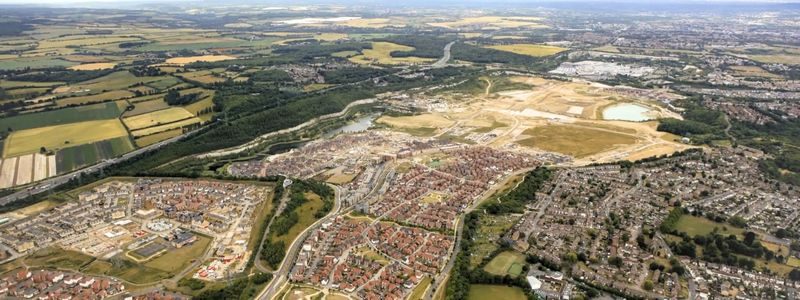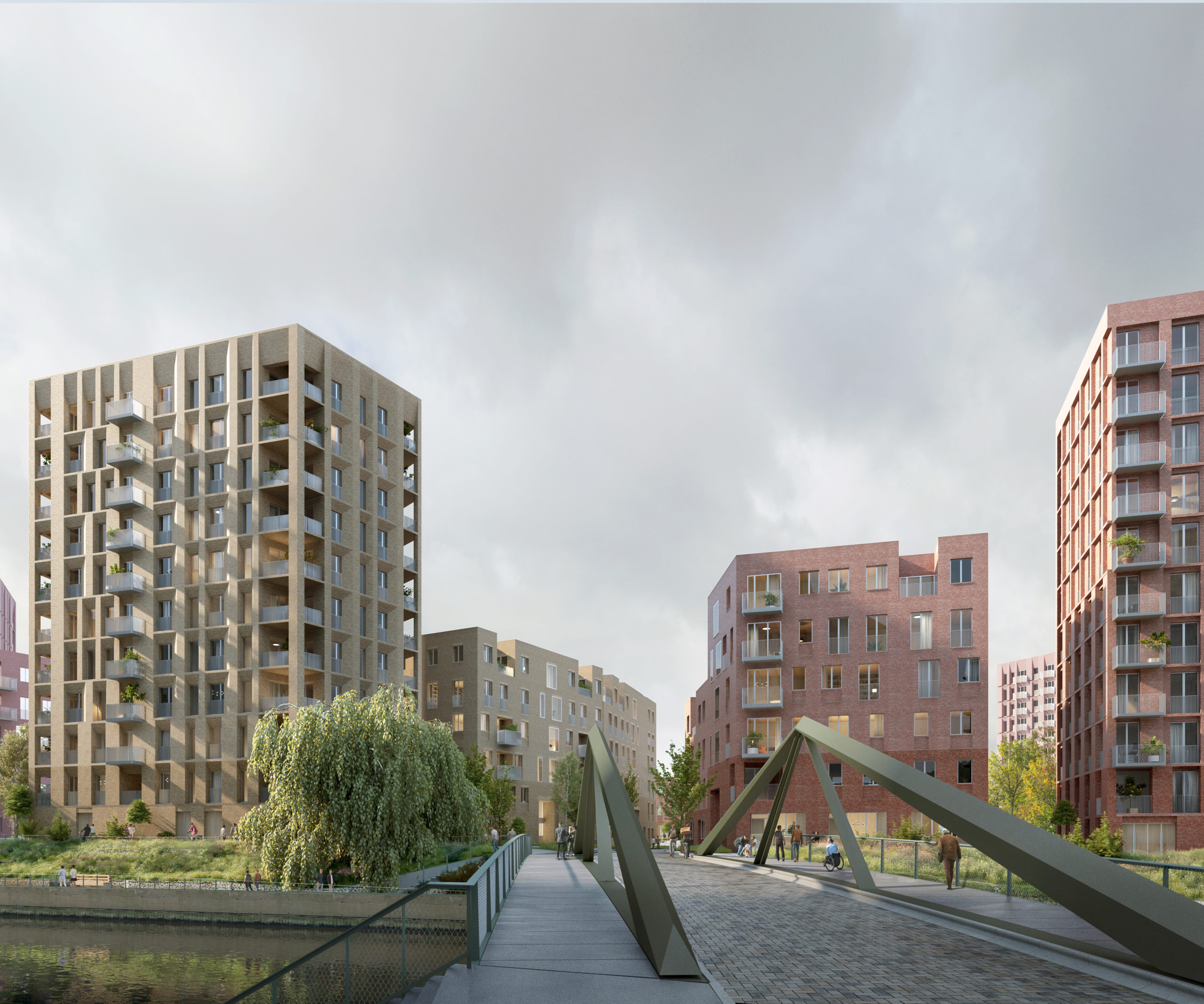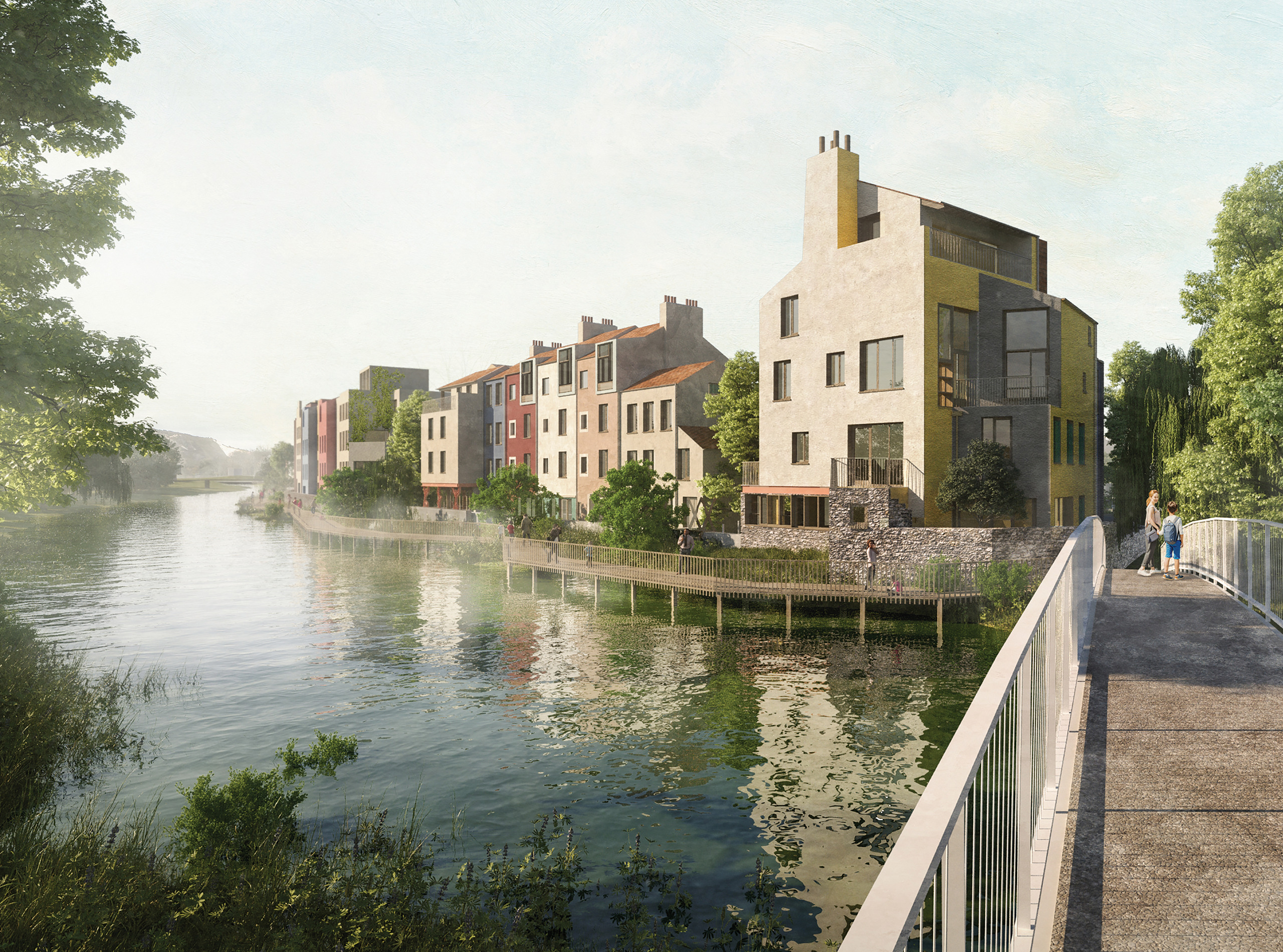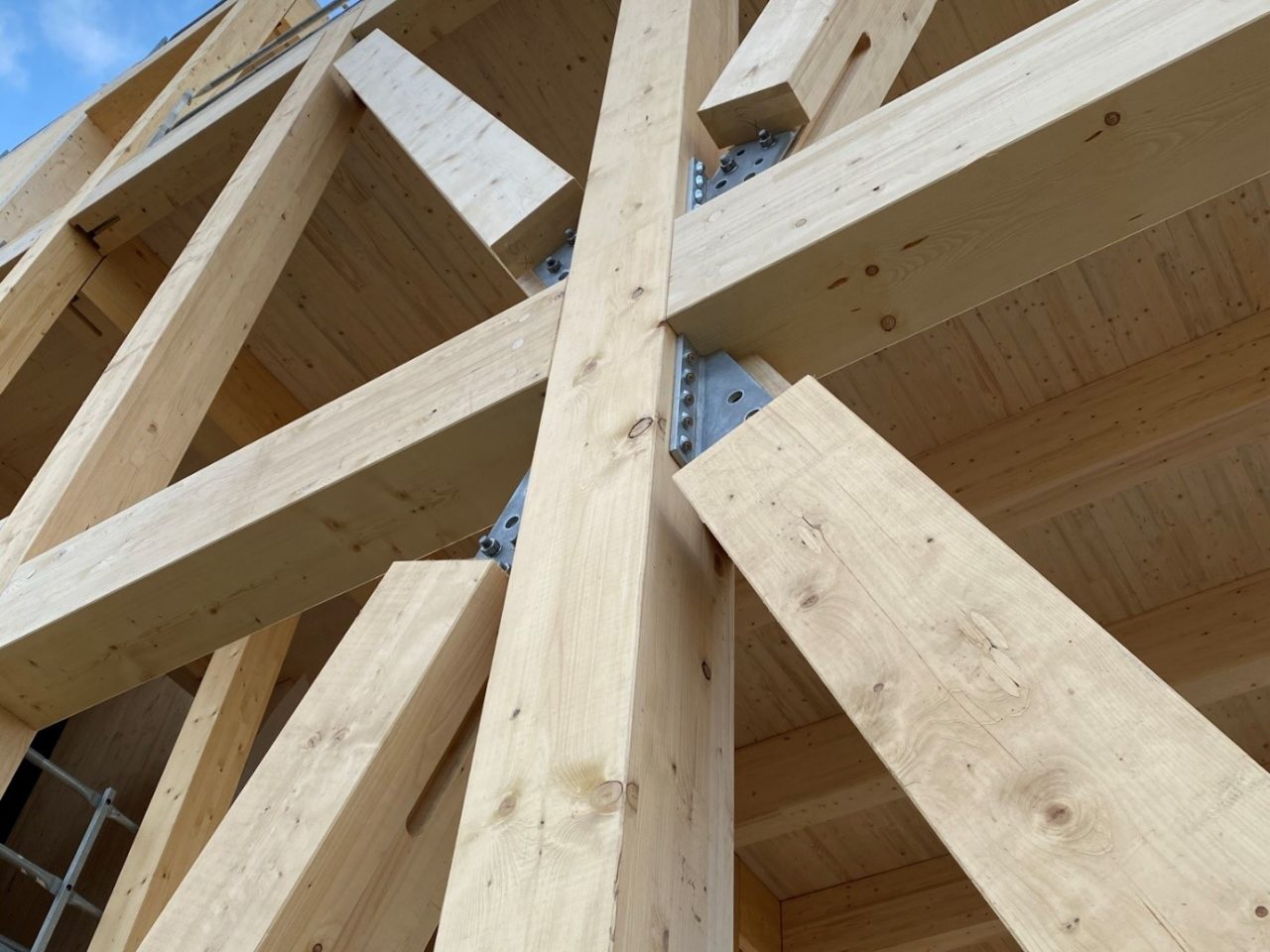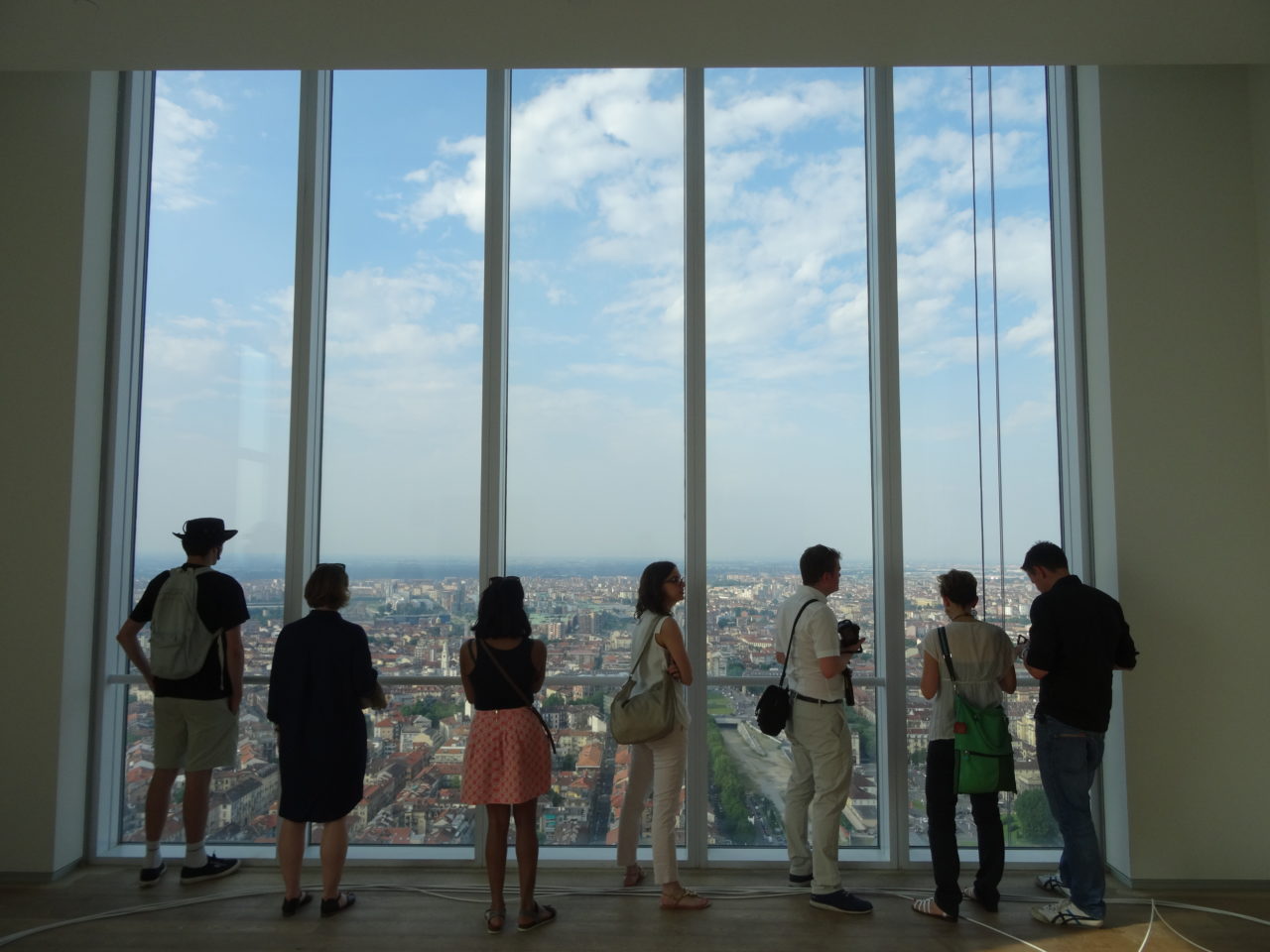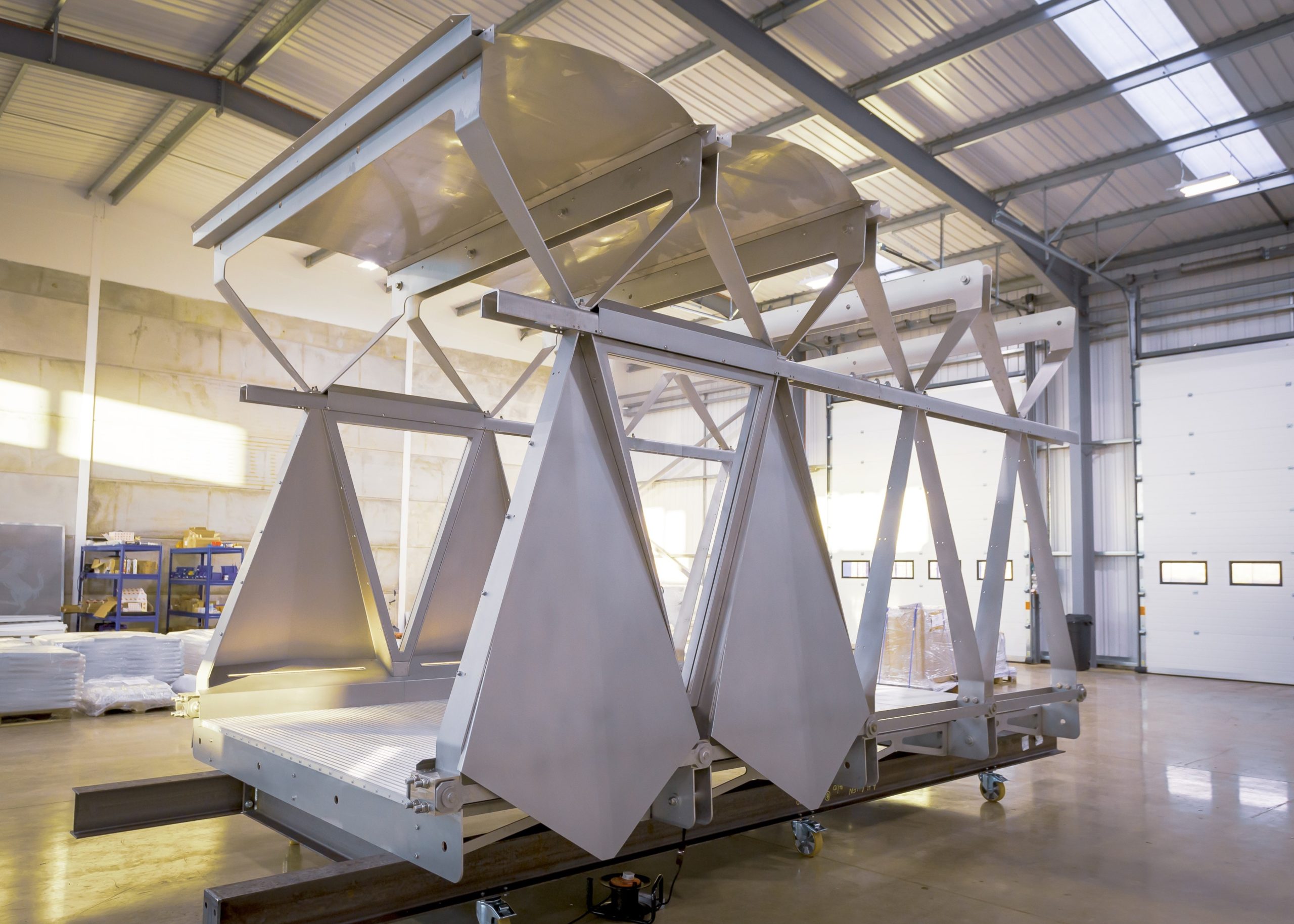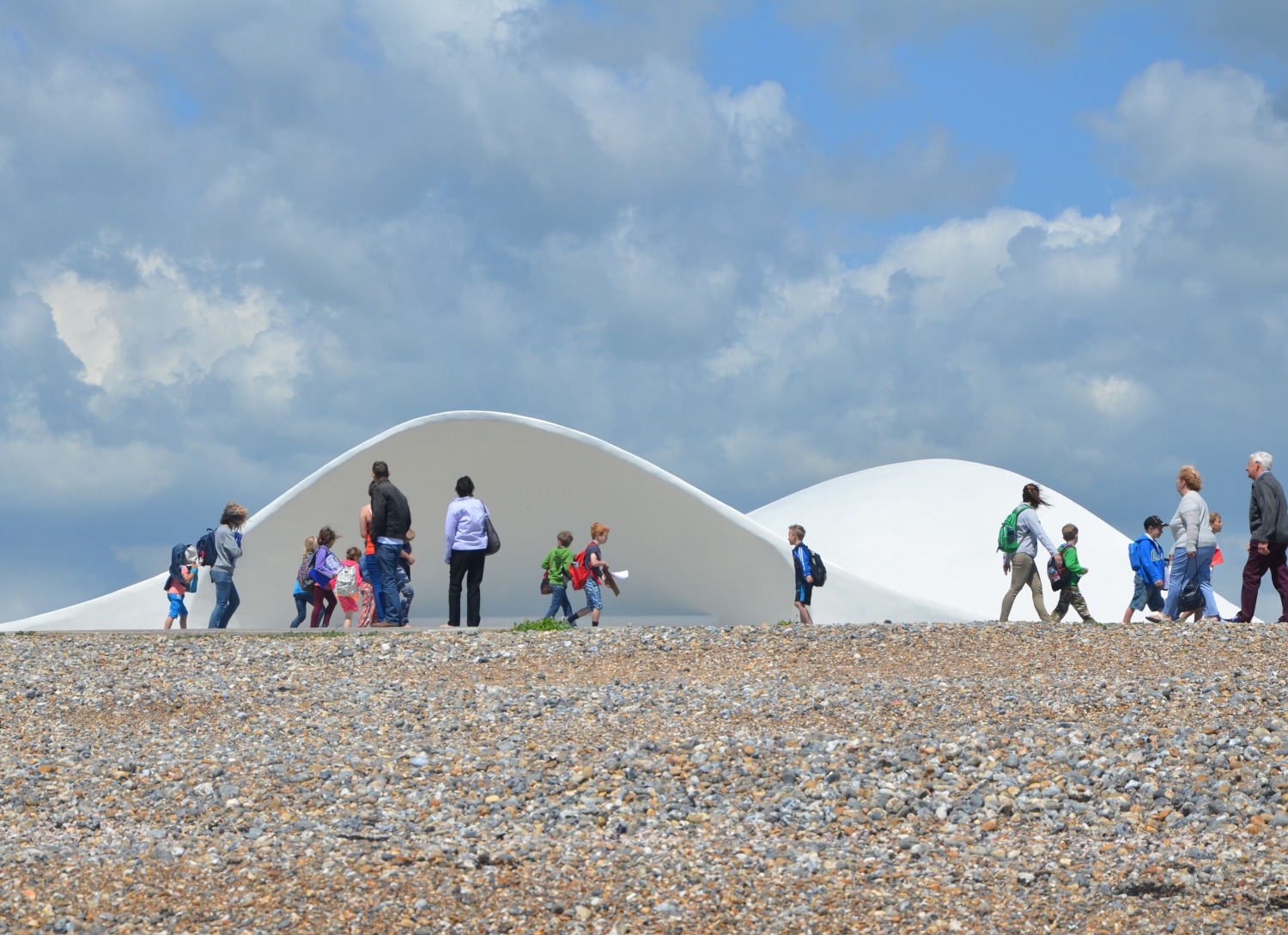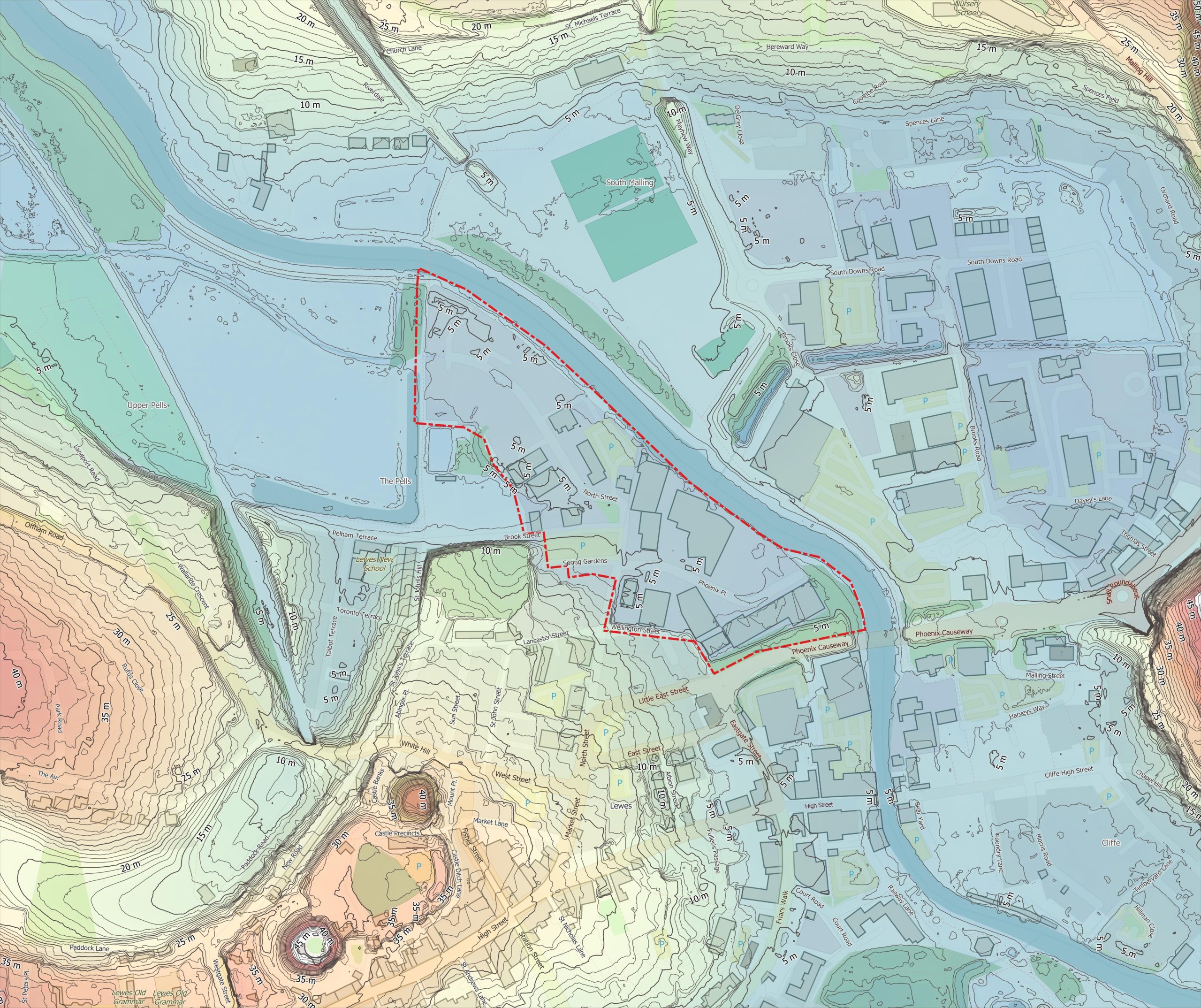Ebbsfleet Garden City
Kent, UK
Expedition developed the Sustainable Performance Framework for the major 2,500-acre regeneration of the former brownfield land in Ashford, Kent. The 21st Century Garden City will see a series of connected neighbourhoods comprising15,000 homes, commercial, leisure and educational facilities that offer the best of city and country living just a short train ride from Central London.
Led by the Ebbsfleet Development Corporation, the scheme will create a series of connected developments with an aspiration to bring the original ‘Garden City’ principles up to date and offer modern livability with quality design, sustainable connections, nature, greenery, health, and wellbeing.
Expedition was commissioned to develop the Sustainable Performance Framework for the site, deriving requirements for each asset type from the relevant policy and best-practice industry guidance to ensure that EDC delivers against the high sustainability ambition it has set. The Framework is a detailed document mapping EDC strategic priorities and outcomes against six sustainability themes – carbon & energy, water, waste & materials, health & wellbeing, natural environment and enterprise & social inclusion.
We subsequently developed an implementation plan to embed sustainable delivery into the project management process by assigning clear actions, deliverables and roles and responsibilities across each stage of a project’s lifecycle.
In addition, we carried out a cost appraisal, showing the cost impact associated with meeting each of the performance requirements. This involved assessing both upfront and operating costs as well as calculating the environmental, social, and economic value created by each requirement, which we tested in a workshop with EDC.
Traditional methods for appraising costs tend not to adequately capture the social and environmental value of these requirements. To address this, we included a ‘triple bottom line value’ appraisal, which highlights the environmental, social and economic value that each target delivers, and recognises that it can translate into long term economic value of the kind that is seldom identified in a conventional cost plan. For example, creating a vibrant community and multifunctional green spaces can increase the desirability, and therefore the value, of homes in the surrounding area.
This over-arching Framework provides a holistic, best practice approach to sustainability, balancing social, environmental and economic objectives.
Image gallery
